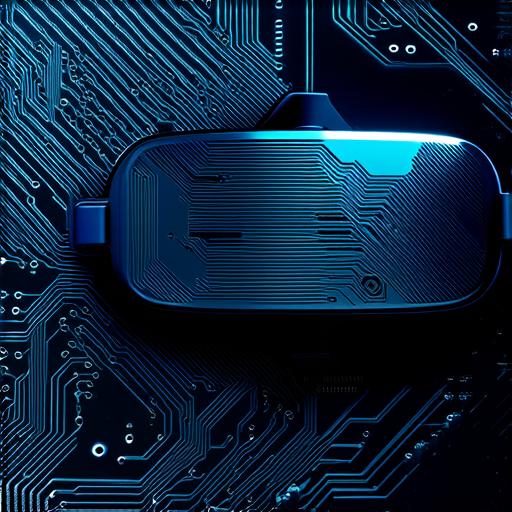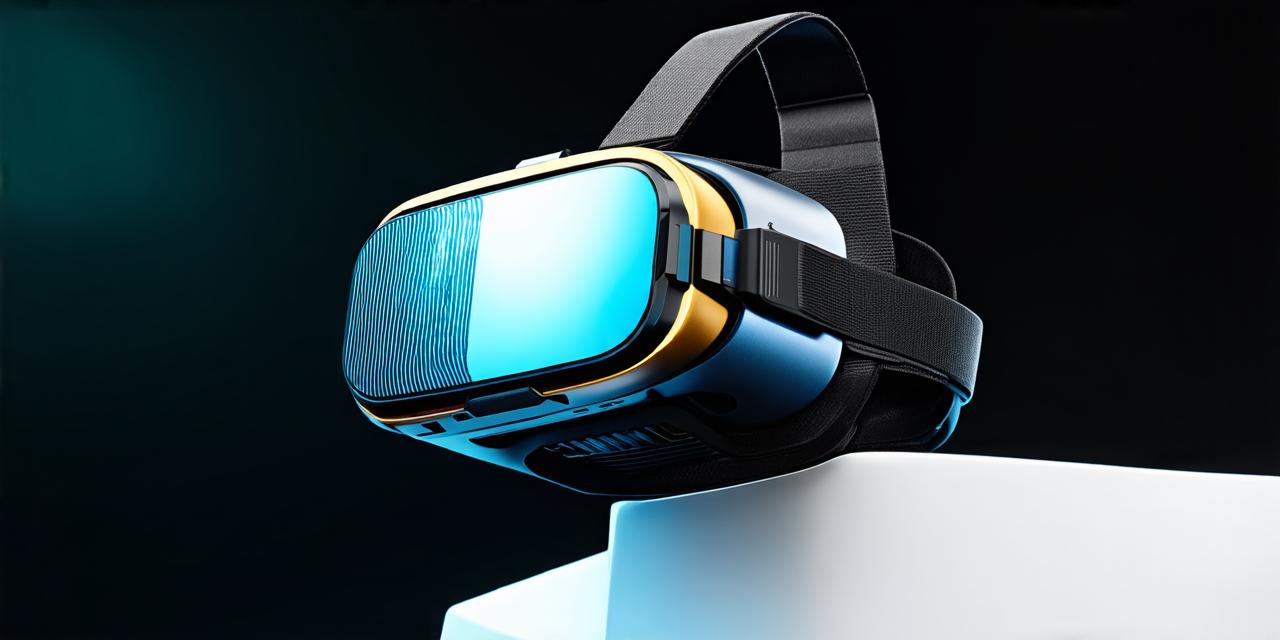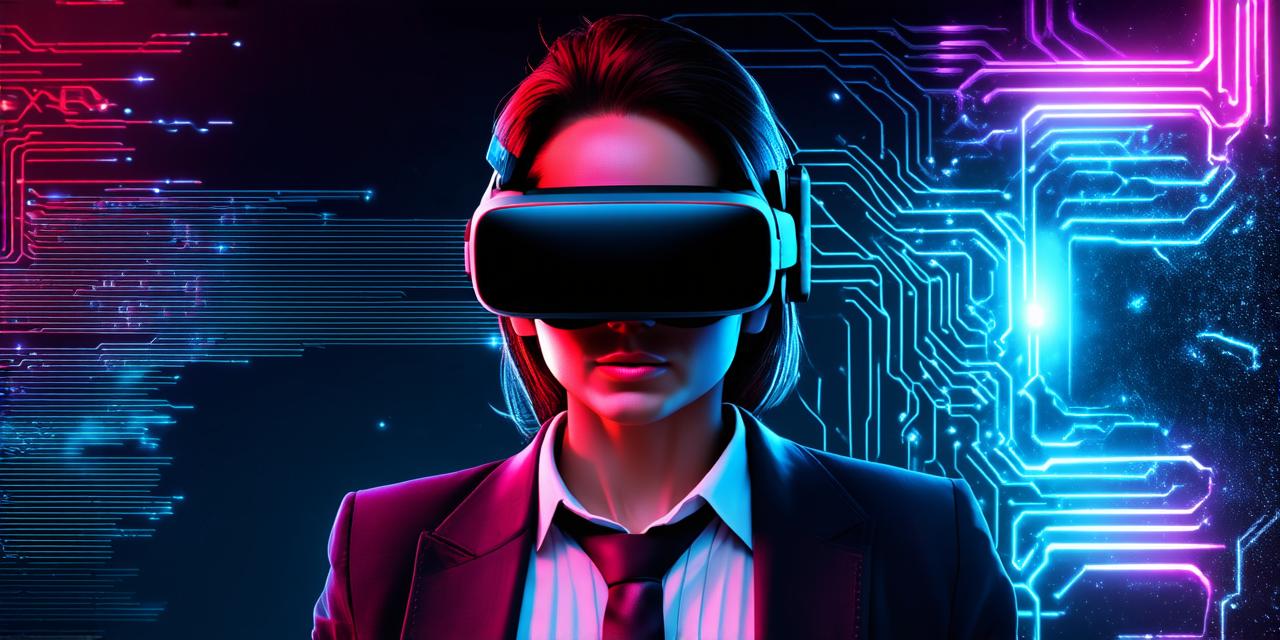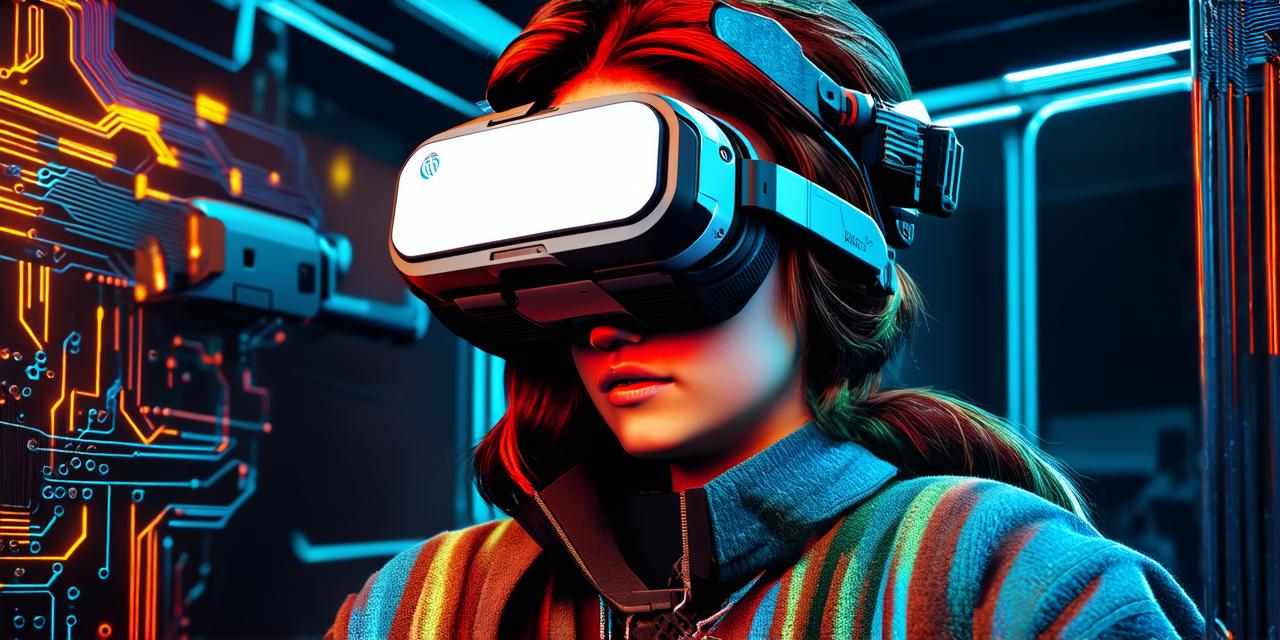Virtual reality technology has come a long way since its inception, with numerous advancements being made in recent years that have significantly improved the sophistication of virtual reality systems.
In this article, we will explore some of the most sophisticated virtual reality technologies available today.
1. Wireless VR Headsets:
One of the biggest advancements in virtual reality technology has been the development of wireless VR headsets. These devices allow users to move around freely while experiencing immersive virtual environments, without being tethered to a computer or other device. Some of the most popular wireless VR headsets include the Oculus Quest 2 and the HTC Vive Pro Eye.
2. Haptic Feedback:
Another key advancement in virtual reality technology is haptic feedback. This technology allows users to feel sensations in virtual environments, such as touch, pressure, and temperature. Haptic feedback can be achieved through various methods, including gloves that provide tactile feedback or vibrating devices that simulate the feeling of touching objects.
3. Eye-Tracking:

Eye-tracking technology is another area where virtual reality has made significant strides. This technology allows systems to track the movements of a user’s eyes, which can be used to improve the immersion of virtual environments and make them more realistic. Some VR headsets, such as the HTC Vive Pro Eye, include eye-tracking capabilities that allow users to interact with virtual objects using natural hand gestures.
4. 3D Audio:
Audio is a critical component of the virtual reality experience, and advancements in 3D audio technology have greatly enhanced the immersion of virtual environments. 3D audio allows sounds to be placed in specific locations within a virtual space, providing users with a more realistic sense of direction and position. Some VR headsets, such as the Oculus Quest 2, include built-in 3D audio capabilities that provide an immersive audio experience.
5. Hand Tracking:
Hand tracking technology is another important advancement in virtual reality technology. This technology allows systems to track the movements of a user’s hands, which can be used to interact with virtual objects in a more natural way. Some VR headsets, such as the Oculus Quest 2, include hand-tracking capabilities that allow users to grab and manipulate virtual objects using natural hand gestures.
6. High Resolution Displays:
Finally, advancements in display technology have significantly improved the sophistication of virtual reality systems. High resolution displays, such as those used in some VR headsets, provide users with a more immersive experience by providing higher quality visuals. Some high-resolution VR displays include the Samsung Odyssey G9 and the LG WOW 65 inch OLED display.
Conclusion:
In conclusion, virtual reality technology has come a long way in recent years, with numerous advancements being made that have significantly improved the sophistication of virtual reality systems. From wireless VR headsets to haptic feedback and high resolution displays, there are many sophisticated virtual reality technologies available today that provide users with immersive and realistic experiences. As virtual reality technology continues to evolve, we can expect even more advancements in the future that will further enhance the sophistication of virtual reality systems.



